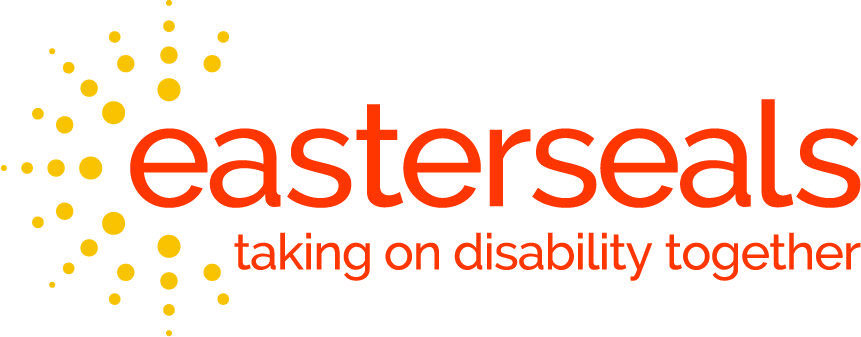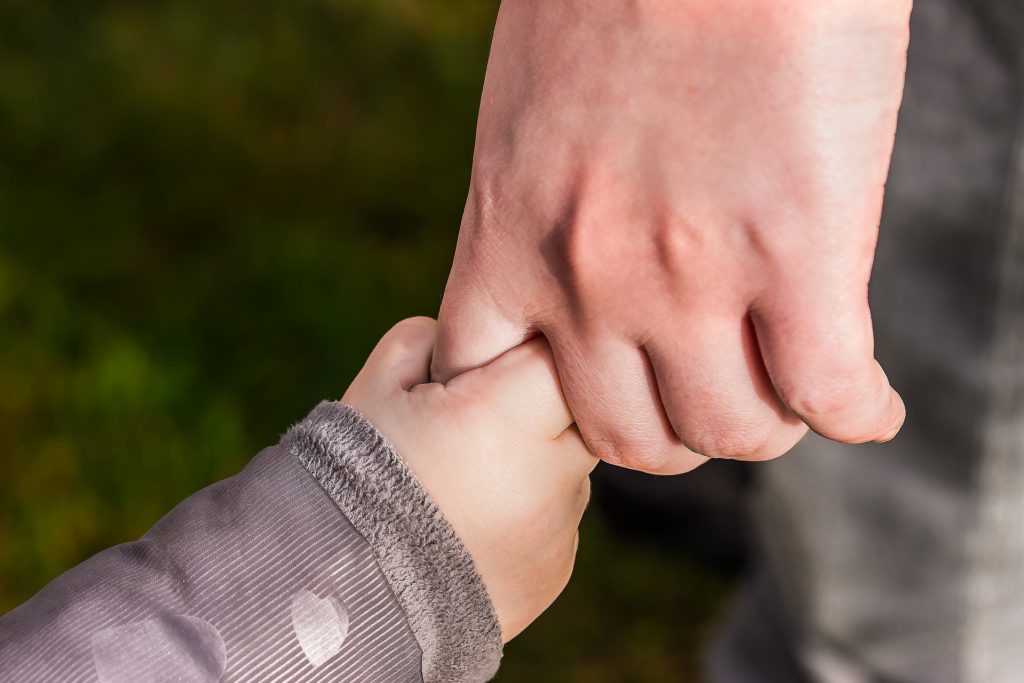Ms. Haylyn shares Speech and Language Homework
Preschool Language Therapy with Ms. Haylyn
Ms. Elizabeth shares At Home Pediatric Speech Therapy session using bubbles!
Bubbles are a go-to in any pediatric speech therapy setting! They’re fun, easily available, and can target lots of aspects of communication. Here are three ways you can use bubbles at home to target speech and language skills.
1. Bubbles are great for encouraging early play skills. You and your child can practice taking turns popping or blowing bubbles. When it’s time for more bubbles, bringing up the jar and wand to eye level can help your child learn appropriate eye contact. Bubbles are also an easy way to improve sustained joint attention (you and your child sharing the bubbles.)
2. Bubbles provide an endless amount of chances to develop vocabulary skills. You can discuss opening/closing the lid, taking the wand in/out of the jar, watching the bubbles float up/down, and stop/go when blowing bubbles. You can model ways for your child to request “more bubbles” or “my turn please.” You can even play games with bubbles targeting different body parts, descriptive words, and action words- “stomp on the bubbles with your feet”, “pop two big bubbles with your head”, etc.
3. For children with oral motor and/or speech difficulties, bubbles are a great tool to target lip, tongue, and breath control. Lip closure and lip rounding, like when you’re blowing a bubble, are important for production of speech sounds (B, M, P, W, “OOO”) and feeding (straw drinking, clearing food off of a spoon.) Blowing bubbles correctly forces a child to retract and lower their tongue, which is important for producing speech sounds K and G. Controlling breath for blowing bubbles also helps strengthen important muscles we need to produce prolonged, clear speech.
